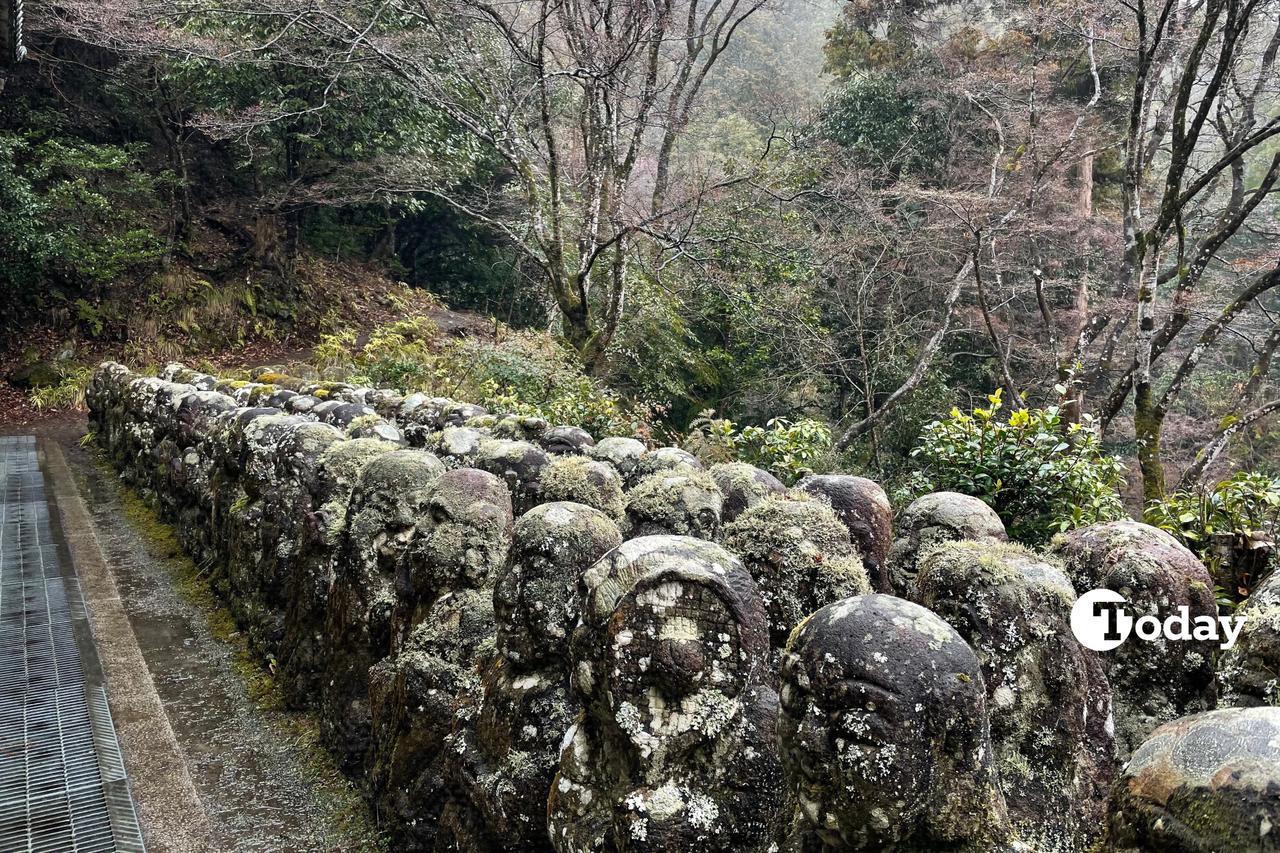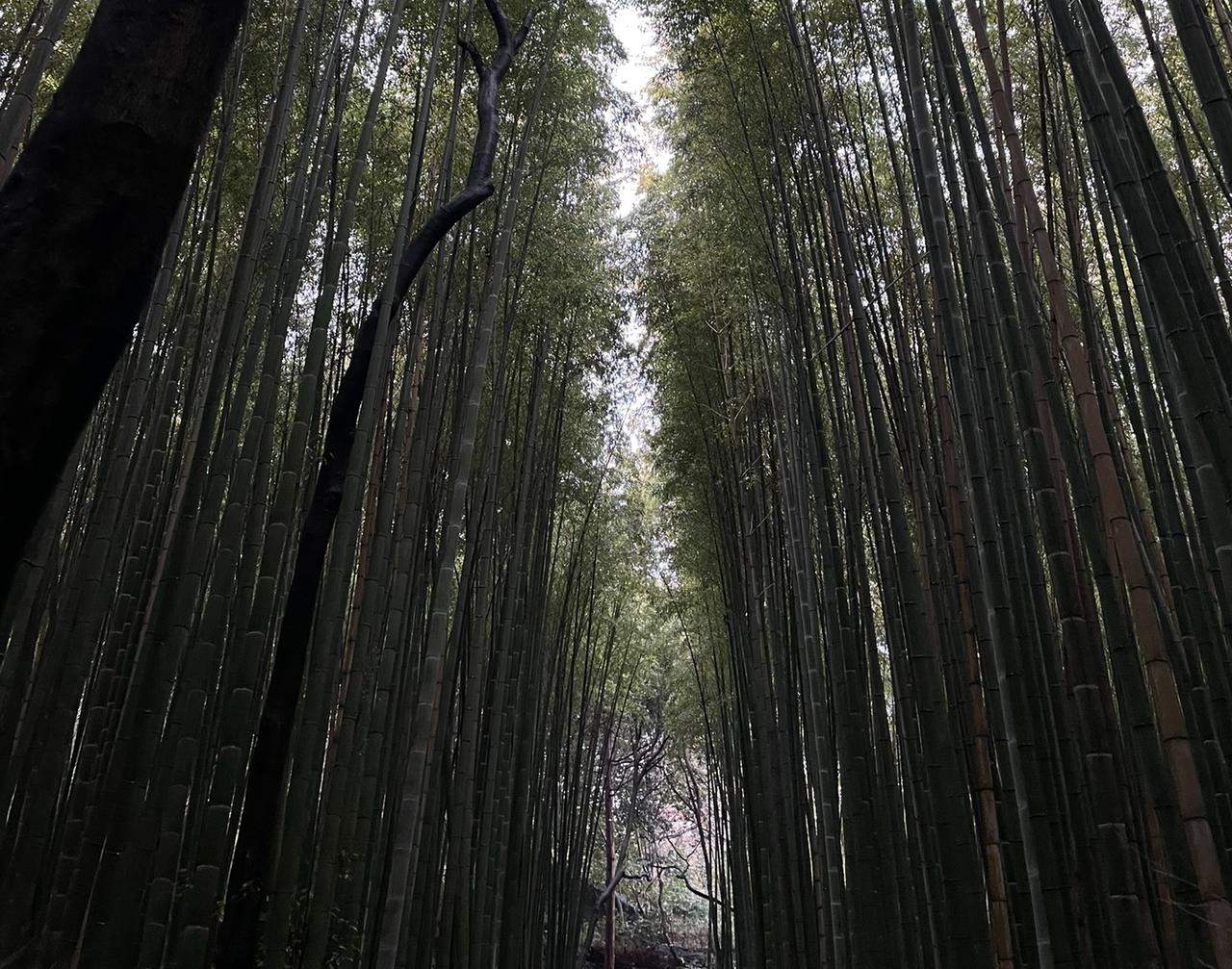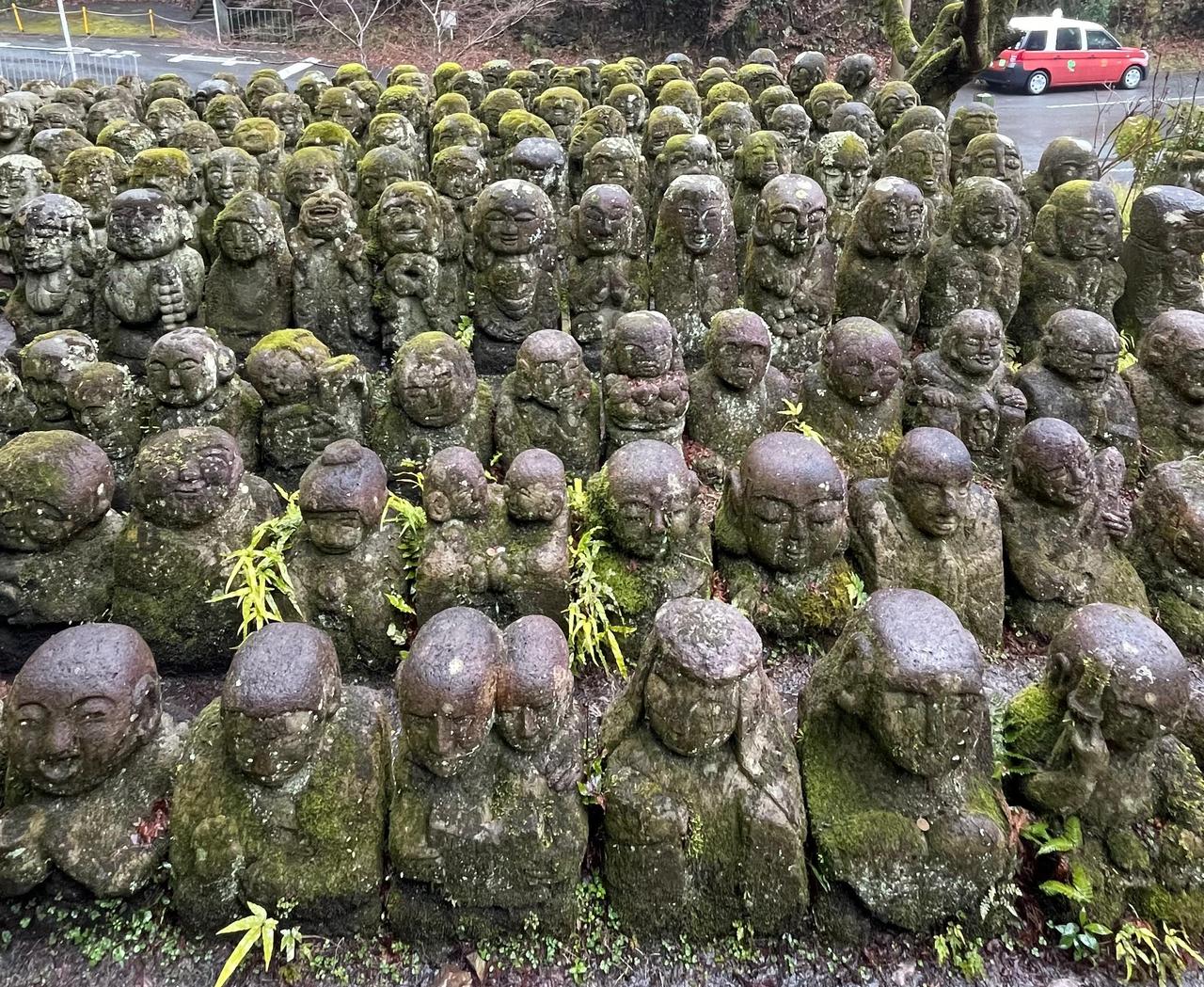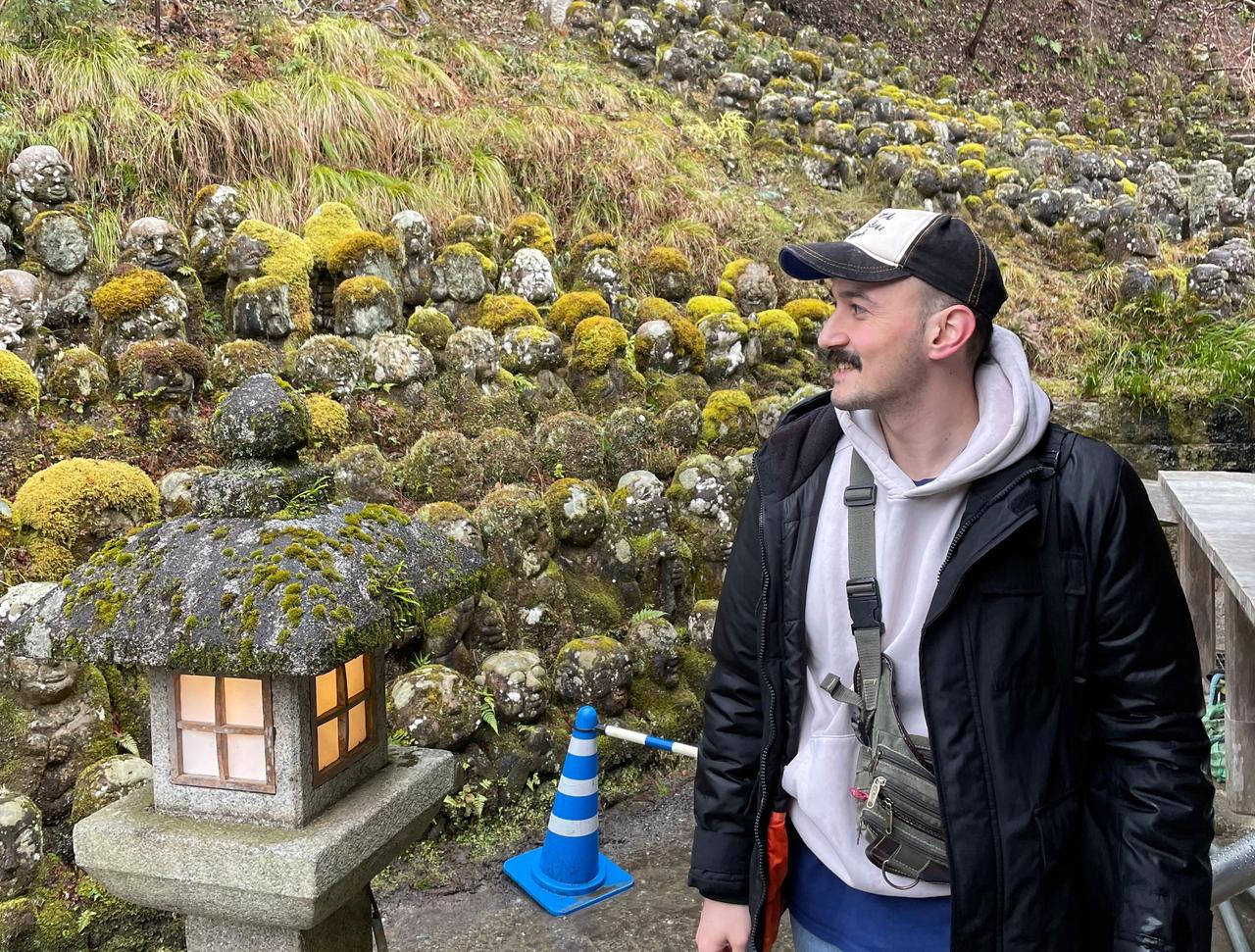
Kyoto’s Arashiyama district holds a secret that can silence even the most restless soul—the Arashiyama Bamboo Grove.
The first time I stepped onto its narrow 500-meter trail, I felt as though I had crossed into another realm. The bamboo stalks rise like living pillars, brushing the sky, and every rustle in the wind whispers a song older than memory.
If you close your eyes, you can almost believe this sound belongs among Japan’s hundred most defining experiences.
Getting here is simple. From Kyoto Station, the JR Saga-Arashiyama Line whisks you to the district in under half an hour.
But once you arrive, time no longer seems to matter. Between Nonomiya Shrine and Tenryu-ji Temple, the grove waits—green, silent, eternal.
Come in late March or early April, and you’ll find it framed by the delicate pink of cherry blossoms, perhaps the most photographed moment of spring in Japan.

In Japanese culture, bamboo is more than just a plant—it is a symbol of endurance. After the devastation of World War II, bamboo was one of the few species that survived the atomic bomb’s destruction.
For many Japanese, this resilience mirrored their own spirit. As I walked deeper into the grove, I felt that resilience breathe through the stalks, a quiet strength echoing all around.

From the grove, a short walk leads to a place few travelers stumble upon—the Otagi Nenbutsu-ji Temple. At first glance, it may seem like any other Buddhist temple in Kyoto, a city that holds over 1,600 of them. But then the statues appear.
One after another, 1,200 stone faces gaze back at you, each carved with a unique expression. Some meditate in silence, others grin mischievously, while a few raise sake cups as if toasting visitors from centuries past.
The temple’s story is one of loss and rebirth. Founded in the eighth century by Empress Shotoku, it was relocated, destroyed by floods, crushed by civil war, and later battered by a typhoon in 1950. Yet, like bamboo, it endured.
In 1955, priest and sculptor Kocho Nishimura breathed life back into the temple.
With chisel in hand, he turned its ruins into a sanctuary of art and faith.
In the 1980s, he invited amateur sculptors to carve the statues we see today, believing that the creators’ spirit would pass into the stone.
Walking among these moss-covered guardians feels like joining a timeless gathering. A boxer raising his fists, a reader cradling a child, even a figure with a cassette player—all stand frozen yet alive, their faces softened by years of rain and moss.
Though they were carved as recently as the 1980s and 1990s, they seem as ancient as the grove itself.

Unlike Kyoto’s more famous temples, Otagi Nenbutsu-ji rarely feels crowded. Standing at the foot of Mount Atago, it offers travelers not only history but also tranquility.
Here, far from the tour buses and bustling crowds, you can sit in silence among a thousand stone faces, each telling its own quiet story.
When I left the temple, the sound of the bamboo grove seemed to follow me, as if both places shared a single spirit—resilient, timeless, and deeply human.
If Kyoto is a tapestry of history and nature, Arashiyama and Otagi Nenbutsu-ji are two of its most unforgettable threads.